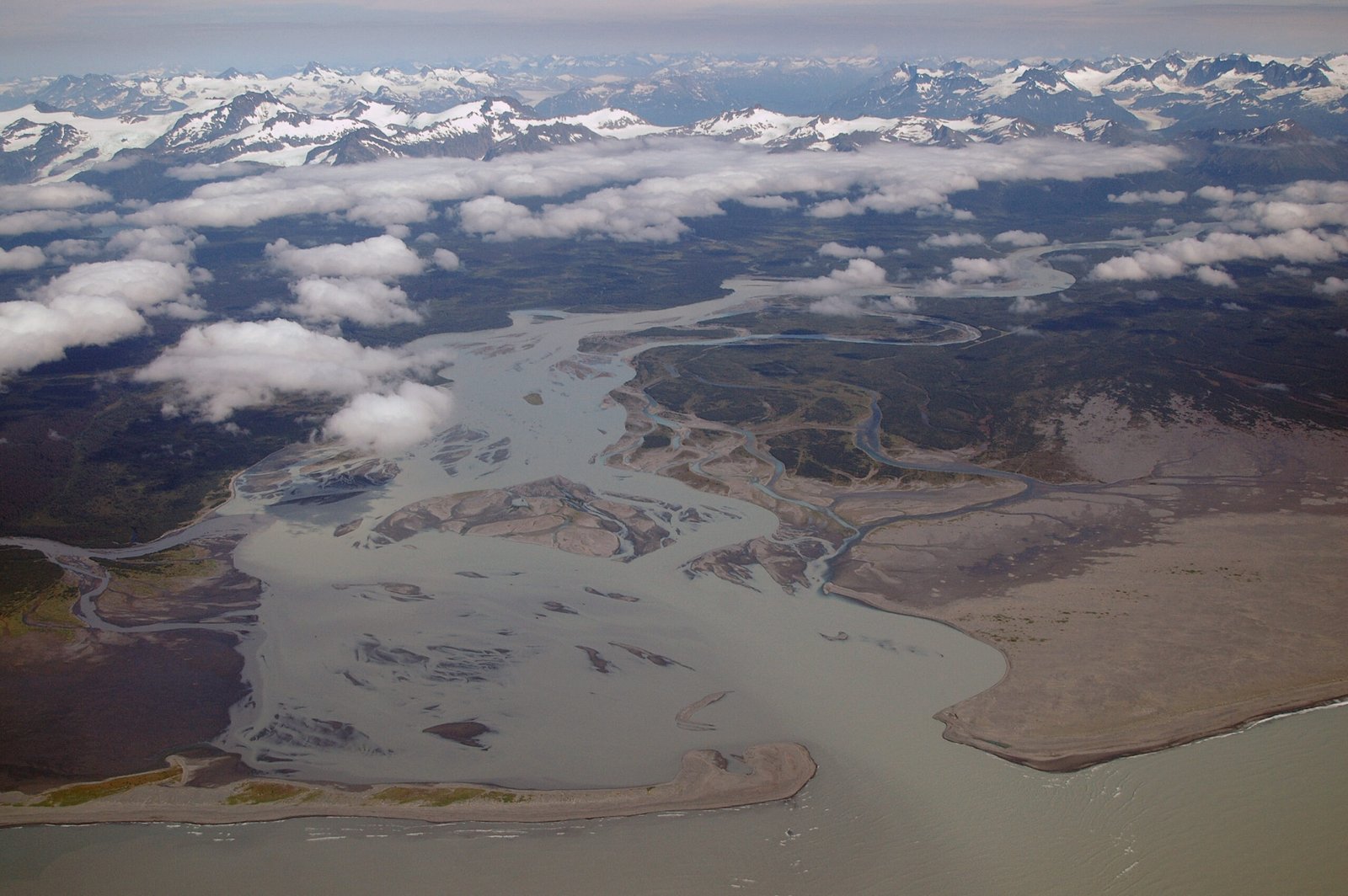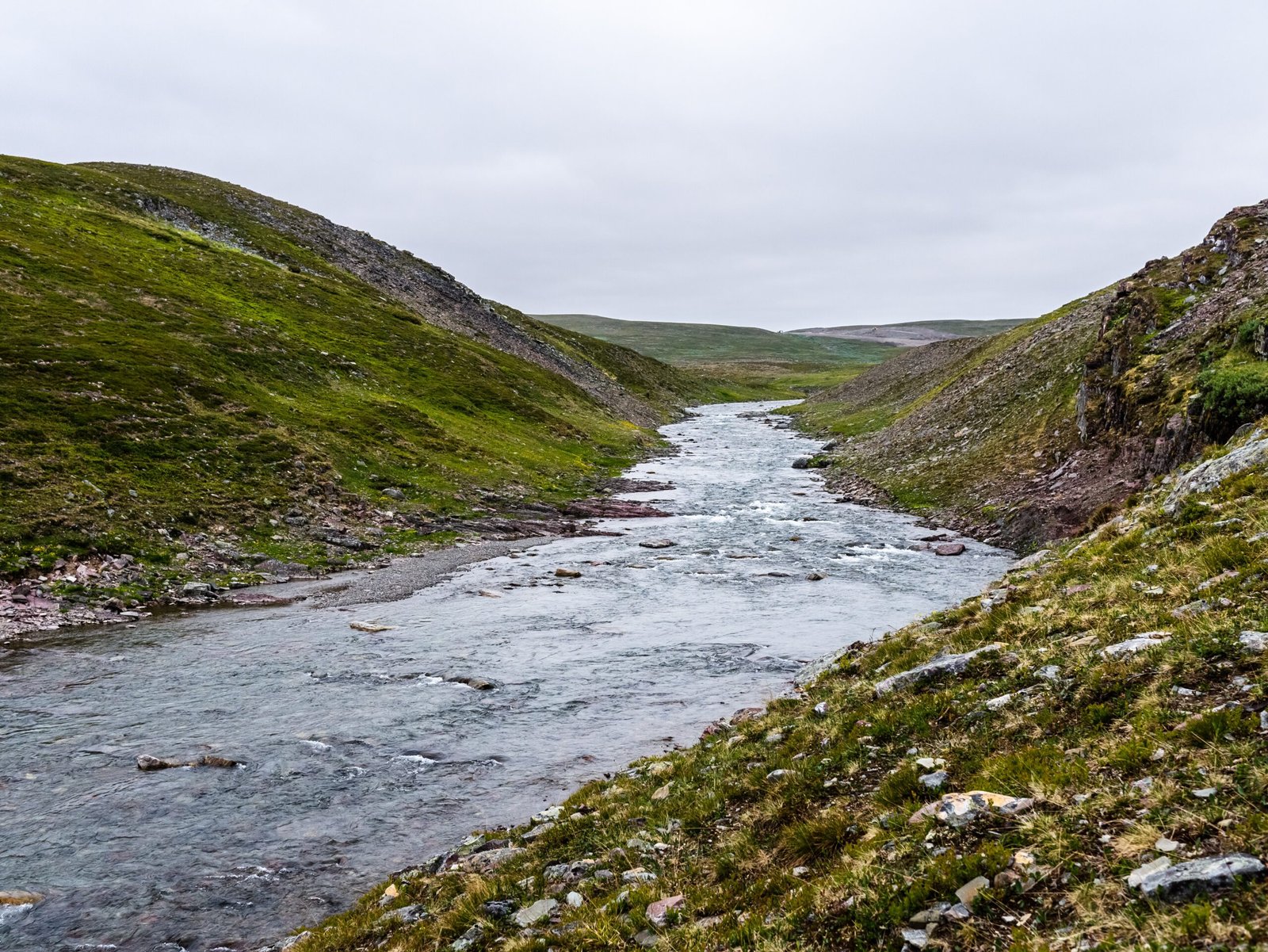It’s a breathtaking moment—standing at the foot of a glacier, feeling the chilly air, and listening to the distant creak of ancient ice. But what if you learned that this mighty glacier, which has shaped rivers and valleys for centuries, could vanish within your lifetime? That the rivers born from its meltwaters might dry up, taking with them entire ecosystems and lifelines for millions? This is not a distant warning—it’s happening now, across continents and in places you’d least expect. The story of glaciers is not simply one of melting ice, but of disappearing rivers, vanishing habitats, and an urgent call for humanity to rethink its relationship with the natural world.
The Silent Retreat: Glaciers in Rapid Decline
Across the globe, glaciers are retreating at rates never seen before in recorded history. In the Alps, some glaciers have shrunk by more than half since the 1800s, revealing barren rock where ice once flowed. Scientists using satellite imagery have been stunned by the pace of change in places like the Himalayas, Andes, and Rockies. These frozen giants, shaped over thousands of years, are now melting so quickly that rivers they feed are already showing signs of distress. The silence of retreating glaciers is haunting—there is no thunderous collapse, just a slow, steady vanishing that leaves valleys parched and communities anxious.
The Birth of Rivers: How Glaciers Shape Watersheds

Glaciers are more than ice—they are the architects of rivers. As glaciers melt, they release water that trickles down mountain slopes, gathers in streams, and eventually forms the lifeblood of major rivers. Think of the Ganges, Yangtze, and Colorado rivers—all depend, in part, on glacial melt. When glaciers shrink, the pulse of these rivers weakens, threatening the lush valleys, forests, and wetlands they nourish. Without this steady supply, rivers shrink, fish populations dwindle, and the delicate balance of entire ecosystems teeters on the edge.
Vanishing Watersheds: The Ripple Effect
The loss of glaciers doesn’t just mean less water—it sets off a cascading series of changes in watersheds. A watershed is like a giant bowl that collects all the water from rain, streams, and ice melt in a region. When one source disappears, the entire system is thrown out of balance. In South America, the retreat of Andean glaciers has already led to lower river flows, impacting everything from hydroelectric dams to drinking water for cities. In the Rockies, smaller streams that once ran year-round are now seasonal or gone entirely, leaving wildlife and people scrambling for alternatives.
Communities on the Edge: Human Lives at Stake
For millions of people, the disappearance of glacial rivers is not just a scientific concern—it’s a daily crisis. Farmers in Peru and Nepal rely on predictable meltwater to irrigate their crops. When the water dries up earlier each year, harvests fail and food security is threatened. In cities like La Paz and Quito, shrinking glaciers mean less water for households, leading to rationing and fierce competition. The loss is deeply personal—elders recall childhoods spent beside rushing glacial streams, now reduced to trickles or memories.
Wildlife in Peril: Losing Lifelines

Rivers fed by glaciers are havens for countless species. Salmon migrate upstream to spawn in cold, oxygen-rich waters, while rare amphibians and insects thrive along riverbanks. As meltwater dwindles, these habitats shrink or disappear. In the Himalayas, unique fish species face extinction as streams warm and dry. Birds that depend on riverine forests lose nesting grounds, and mammals that once drank from clear pools must travel farther, risking starvation or conflict with humans. Each vanished drop is a thread pulled from the web of life.
Science Unraveled: The Race to Understand
Researchers are in a frantic race to study glaciers before they’re gone. Teams set out with ice drills and GPS trackers, measuring thickness, movement, and melt rates. Every year, the data grows more alarming. In Greenland, scientists were shocked to find meltwater plunging through cracks at unprecedented speeds, accelerating ice loss. Complex models predict that, if current warming trends continue, many small glaciers will disappear within decades, and with them, the rivers they sustain. The urgency in the scientific community is palpable—a sense that time is running out.
Climate Change: The Root Cause
The primary driver behind vanishing glaciers is a warming climate. Rising temperatures mean snow falls as rain, and ice melts faster than it can accumulate. Even high-altitude glaciers, once thought safe, are now shrinking. Carbon emissions from burning fossil fuels trap heat in the atmosphere, acting like an invisible blanket over the planet. The consequences are stark: not only do glaciers retreat, but weather patterns shift, causing more droughts and floods downstream. The story of disappearing rivers is, at its core, a story of human impact on a fragile planet.
Adaptation and Desperation: How People Are Coping
Communities are being forced to adapt, sometimes with creativity, often with desperation. In Switzerland, engineers cover glaciers with reflective blankets to slow melting. Farmers plant drought-resistant crops or dig deeper wells. Some cities are building reservoirs to capture every drop of meltwater, while others debate relocating entire villages. Despite these efforts, many adaptations are stopgaps—temporary solutions to a long-term crisis. The sense of loss is palpable, but so too is the determination to survive.
Global Consequences: More Than Local Loss

The disappearance of glacial rivers isn’t just a local issue; it’s a global crisis. Major rivers that cross borders, like the Mekong or Indus, fuel economies, transport goods, and support industries far downstream. When the source dries up, it sparks tensions between nations, disrupts trade, and endangers millions. Even those far from mountains feel the impact through higher food prices, energy shortages, and forced migration. The fate of glaciers is intertwined with the fate of humanity itself.
Hope and Action: Can We Save Our Rivers?

Despite the daunting challenges, there are glimmers of hope. Renewable energy, reforestation, and international climate agreements aim to slow warming and protect what remains. Young activists demand bold action, inspired by the beauty and fragility of mountain landscapes. Scientists and local leaders work together to monitor glaciers, share water resources, and restore damaged habitats. Every effort matters, because every drop counts. The question remains: will we act in time to preserve these vital watersheds for future generations, or will we watch them vanish, one glacier at a time?




